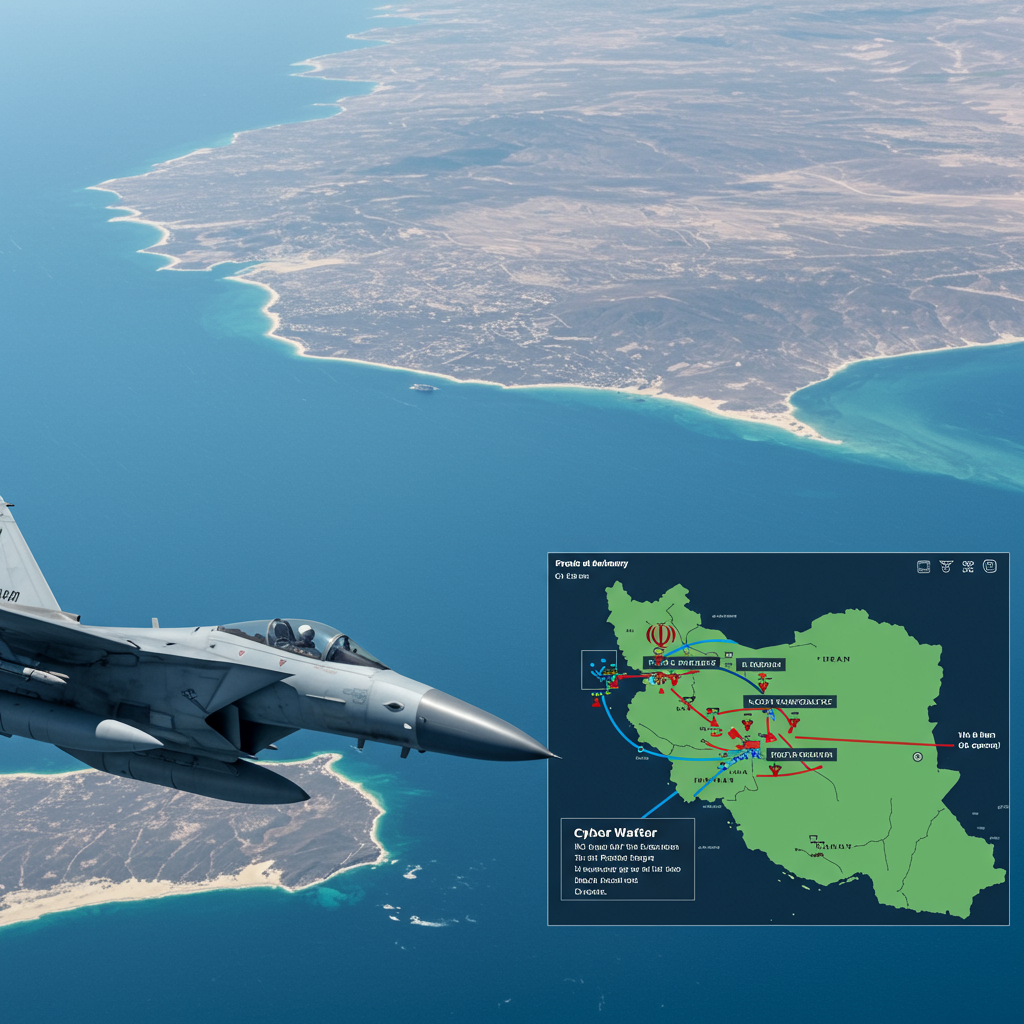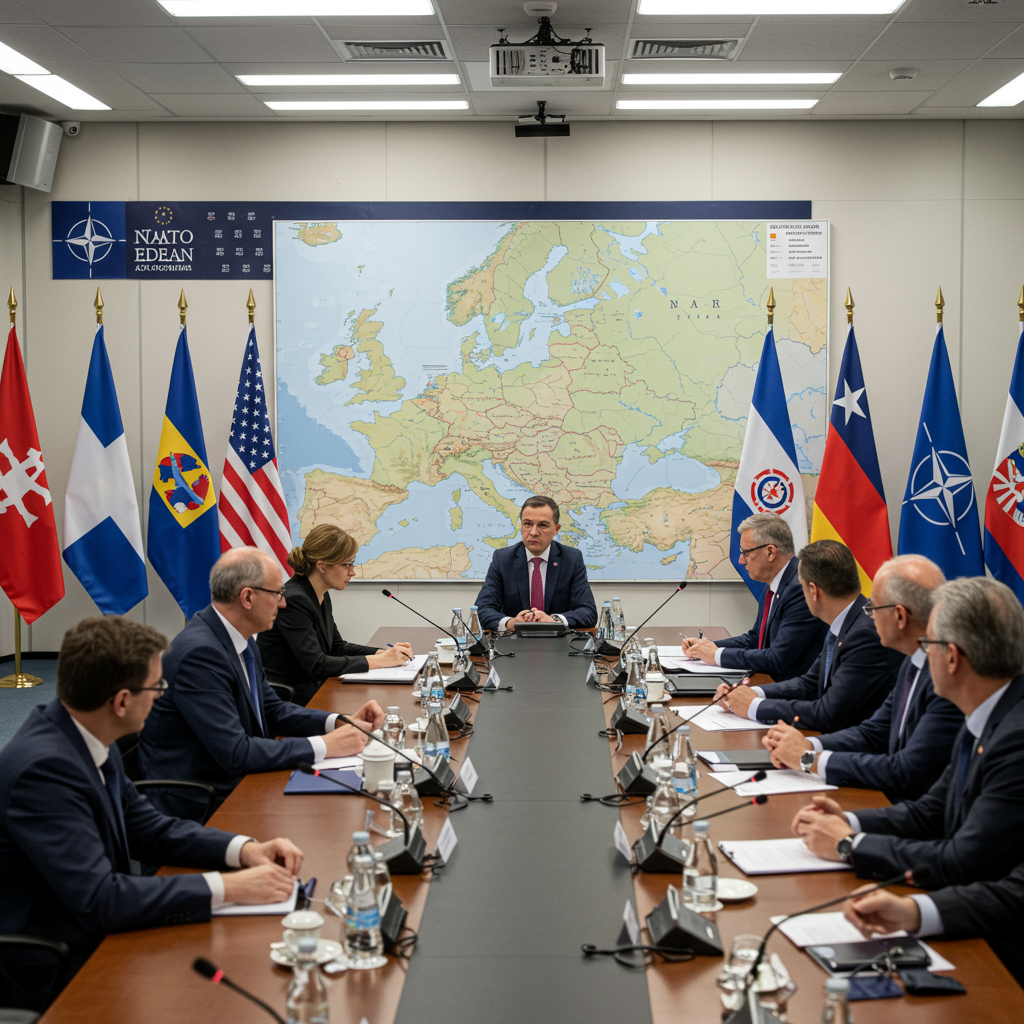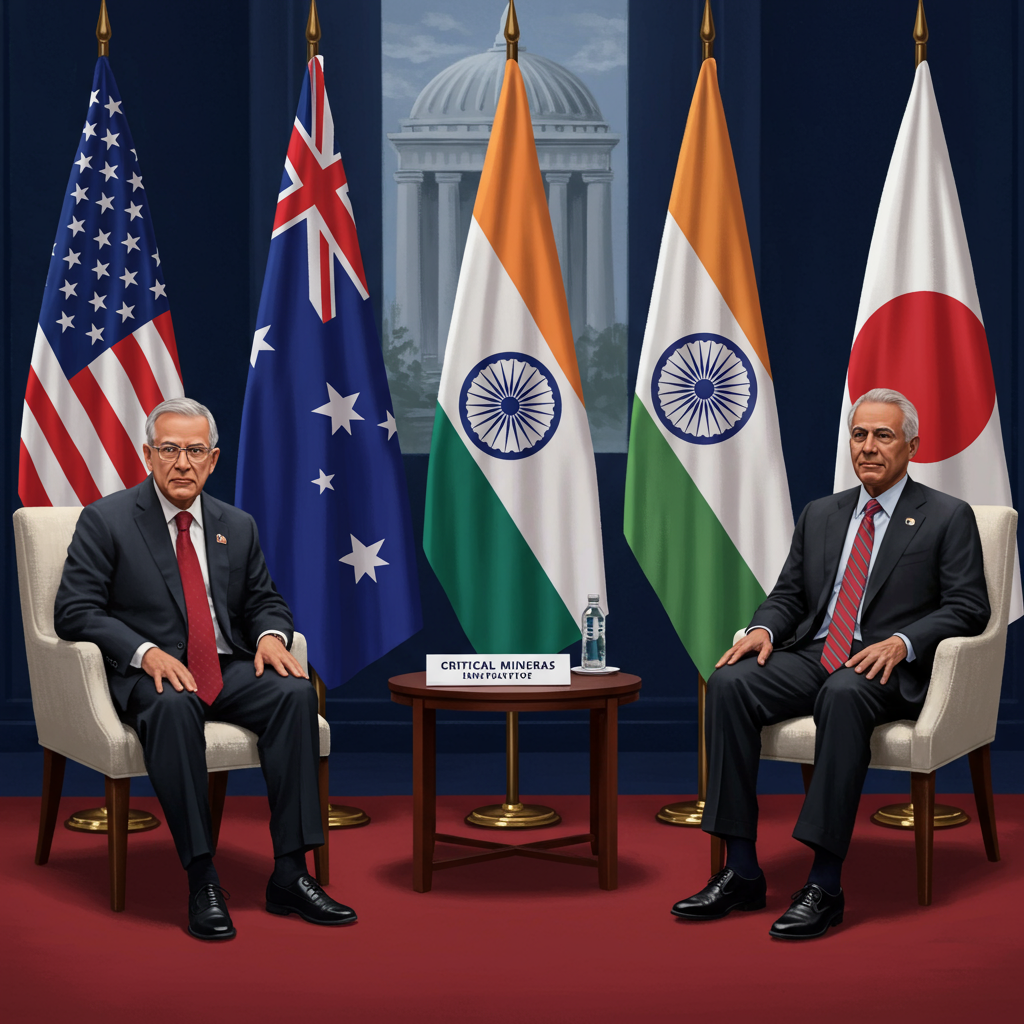Recent cross-border strikes targeting Iran have been among the most significant in the region’s history. While framed publicly as measures against Iran’s nuclear program, a deeper analysis suggests Israel’s strategic objective extends further: the destabilization and eventual collapse of the Islamic Republic regime. This campaign, involving intense military action, high-profile assassinations, sophisticated cyberattacks, and psychological warfare, appears intended to ignite internal dissent and pressure for regime change.
However, mounting evidence indicates this strategy may be producing an unintended consequence: strengthening national unity across Iran, even among critics of the ruling government.
Israel’s Calculated Pressure Campaign
Beyond conventional strikes on military or nuclear facilities, Israel’s operation has included targeted killings of senior Iranian commanders, such as Major General Mohammad Bagheri and IRGC leaders Hossein Salami and Amir Ali Hajizadeh. These represent a severe blow to Iran’s military leadership, arguably the most impactful since the Iran-Iraq War (1980-1988). Israeli-backed cyberattacks and precision strikes have reportedly targeted government buildings and disrupted national television broadcasts, symbols of state infrastructure.
The rationale behind this multifaceted pressure becomes clearer when considering the technical challenges of destroying Iran’s deeply fortified underground nuclear sites. Experts note that facilities buried hundreds of meters deep, like Fordow, likely require specialized bunker-buster bombs, such as the U.S. GBU-57 “Massive Ordnance Penetrator,” deliverable only by American heavy bombers (B-2 or B-52). Absent full U.S. participation, eliminating the nuclear program through military strikes alone is seen as highly improbable by some analysts and reportedly acknowledged by Israeli officials in private. This technical hurdle points towards regime change as Israel’s perceived most viable path to neutralize the long-term nuclear threat. Israeli leaders like Prime Minister Netanyahu have publicly linked the assault to the potential “collapse” of the regime.
Accompanying the military action, Israel has intensified messaging aimed at the Iranian public, attempting to portray the IRGC not as national defenders but as oppressors, distinct from the Iranian nation itself. This echoes slogans like: “This is not Iran’s war. This is the regime’s war.” Some Iranian opposition figures abroad initially voiced support for these strikes, calling for regime change.
The Unexpected Outcome: Fueling National Solidarity
Contrary to the goal of fostering internal revolt, the Israeli attacks appear to have consolidated public sentiment across the political spectrum. Many Iranians, including those who have long opposed the regime, have expressed anger over what they perceive as a foreign assault on national sovereignty. This reaction is deeply rooted in Iran’s collective memory of past external interventions, from the 1953 CIA-backed coup that overthrew a democratic government to the trauma of the Iran-Iraq War.
Even within the “Woman, Life, Freedom” movement, which spearheaded nationwide protests against the regime, there has been visible reluctance to align with foreign military intervention. Images of destruction and casualties have reportedly shifted the focus for many from political reform to national defense and solidarity.
Notable public figures and former regime opponents have publicly condemned the Israeli attacks and rallied support for Iran. Football legend Ali Daei notably declared, “I prefer to die rather than be a traitor,” rejecting cooperation with any foreign assault. Similarly, Mohsen Borhani, a former judge and political prisoner, voiced support for the homeland’s defenders, including the IRGC.
Adding another layer to this dynamic is Iran’s demonstration of its own retaliatory capabilities. Launching hundreds of missiles and drones towards Israel, some Iranian munitions successfully penetrated Israel’s multi-layered air defense systems, including the highly regarded Iron Dome, hitting targets in central Israel and near military headquarters. Experts suggest this success, despite Israeli defenses intercepting the majority, could be due to the sheer volume of the barrage overwhelming interceptor supplies, or the use of faster, more unpredictable missiles like hypersonic glide vehicles (HGVs) or maneuverable cruise missiles. This ability to strike back, even partially, reinforces the narrative of national defense and resilience within Iran.
Looking Ahead: Risks of Backfire
What began as a strategic effort to weaken the regime and incite collapse risks achieving the opposite. By unifying national sentiment in the face of external pressure, Israel’s actions could inadvertently reinforce the regime’s position and silence internal dissent, at least in the short term. Attempting to engineer revolution from the outside carries significant risks, including the potential for it to actively backfire.
Experts caution that achieving regime change via popular uprising in Iran is unlikely due to the regime’s tight control. External military pressure might, paradoxically, accelerate Iran’s pursuit of nuclear weapons for deterrence or lead to a power vacuum potentially filled by a more hardline faction like the IRGC. Furthermore, continued escalation risks drawing in the United States, potentially requiring U.S. assets for deeper strikes, and could also destabilize Gulf nations and trigger a global economic shock via disruptions to energy transit.
Ultimately, while bombs may fall and commanders are lost, Iran’s social fabric appears not to be fraying under this external pressure. Instead, the historical reflex to unite against foreign intervention seems to be stitching it back together, potentially making the regime unintentionally stronger.



